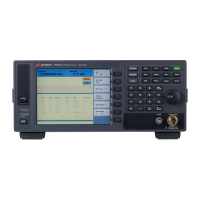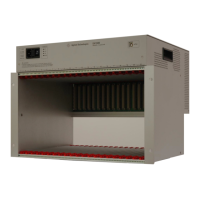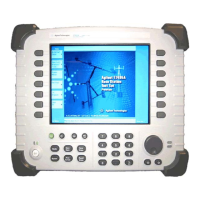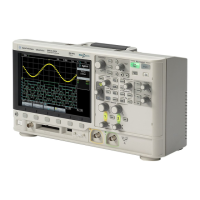17 Digital Channels
374 InfiniiVision 7000B Series Oscilloscopes User’s Guide
Digital channel signal fidelity: Probe impedance and grounding
When using the mixed- signal oscilloscope you may encounter problems
that are related to probing. These problems fall into two categories: probe
loading and probe grounding. Probe loading problems generally affect the
device under test, while probe grounding problems affect the accuracy of
the data to the measurement instrument. The design of the probes
minimizes the first problem, while the second is easily addressed by good
probing practices.
Input Impedance
The logic probes are passive probes, which offer high input impedance and
high bandwidths. They usually provide some attenuation of the signal to
the oscilloscope, typically 20 dB.
Passive probe input impedance is generally specified in terms of a parallel
capacitance and resistance. The resistance is the sum of the tip resistor
value and the input resistance of the test instrument (see the following
figure). The capacitance is the series combination of the tip compensating
capacitor and the cable, plus instrument capacitance in parallel with the
stray tip capacitance to ground. While this results in an input impedance
specification that is an accurate model for DC and low frequencies, the
high-frequency model of the probe input is more useful (see the following
